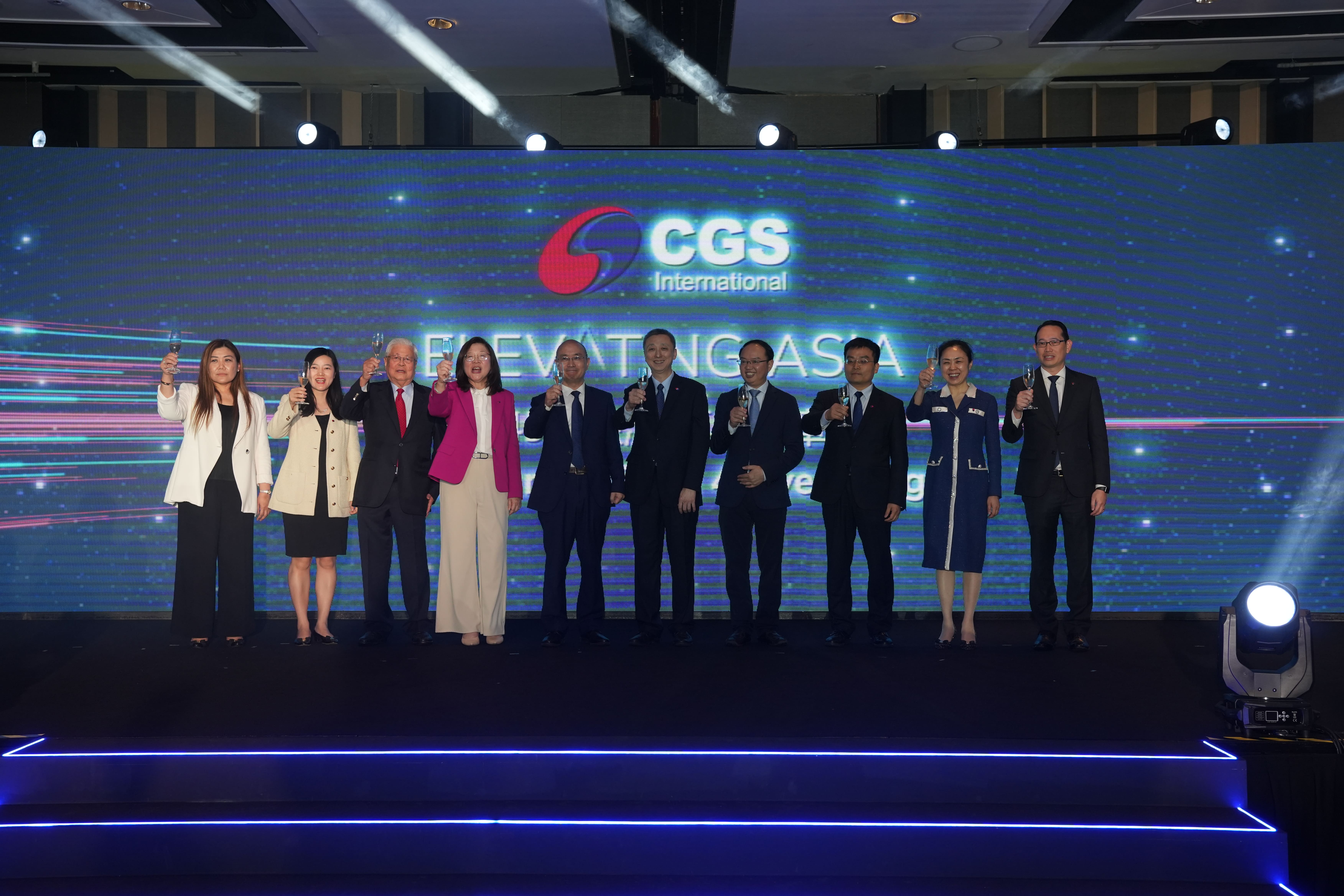Now in its second year of implementation, the European Union’s Sustainable Finance Disclosure Regulation (SFDR) remains a work in progress that is yet to achieve its key objectives.
Designed to improve transparency in the market for sustainable investment products, the SFDR was introduced by the European Commission as part of a package of legislative measures under its Action Plan on Sustainable Finance. The measures also include the Low Carbon Benchmark Regulation and the Taxonomy Regulation. Key provisions of the SFDR came into effect on March 10 2021.
According to Cerulli Associates, the SFDR regulation has made some progress in helping investors understand and compare the sustainability characteristics of investment funds, but the environmental, social, and governance (ESG) data needed for compliance remain limited.
“Nearly 82% of asset managers identify the limited availability of ESG data as a significant challenge to implementing the SFDR and 18% deem it somewhat of a challenge,” says André Schnurrenberger, managing director, Europe, at Cerulli.
The cost of acquiring the data needed to comply with the SFDR is also a major hurdle for some managers. Data vendors tend to charge extra for data beyond ESG scores, and even then, data remain incomplete for some ESG indicators.
Nearly 60% of asset managers say converting SFDR Article 6 products (non-ESG-integrated) to Article 8 (funds that comply with certain ESG requirements) or Article 9 (funds that specifically have sustainable goals as their objective) is also a significant challenge due to the time and resources needed for the initiative.
Despite the delayed implementation of the SFDR regulatory technical standards (RTS) to January 1 2023, many managers are putting systems in place to be able to publish a Principal Adverse Impacts (PAI) statement ahead of the deadline on June 30 2023. The PAI requires firms to provide extensive disclosures on various ESG matters, including greenhouse gas emissions and other indicators in a template format.
Over the next 12 to 24 months, improving the reporting and measurement of material ESG risks will be a high priority for around 65% of managers across Europe, according to the Cerulli survey.









